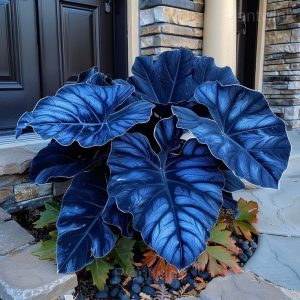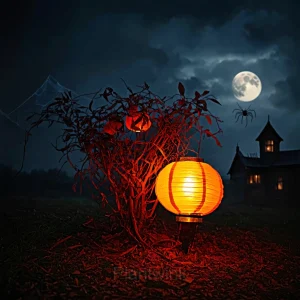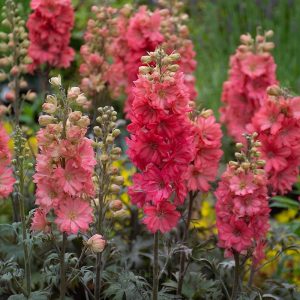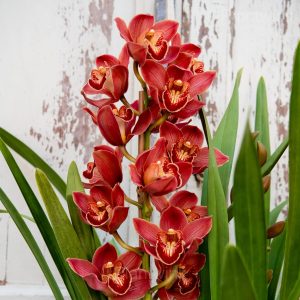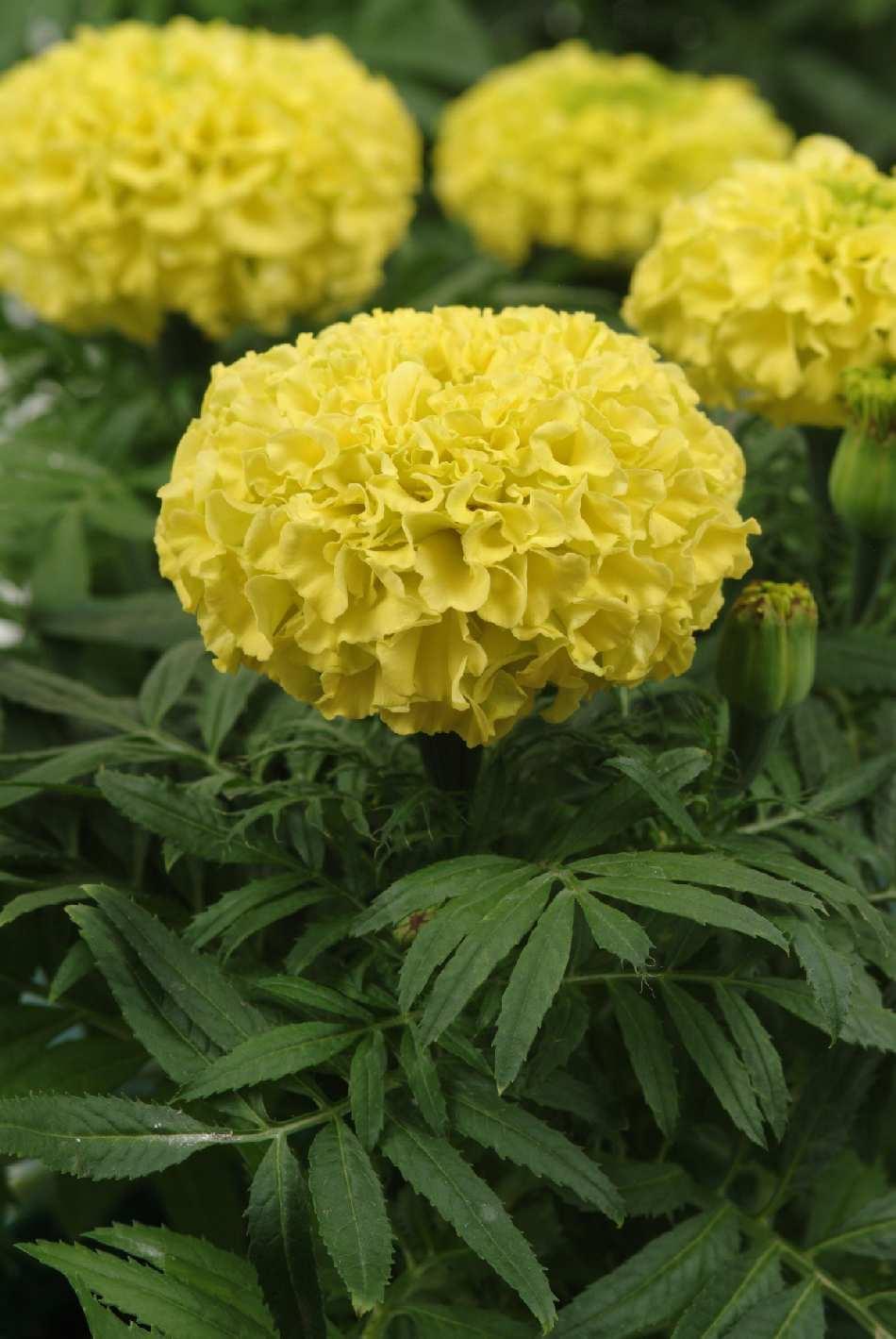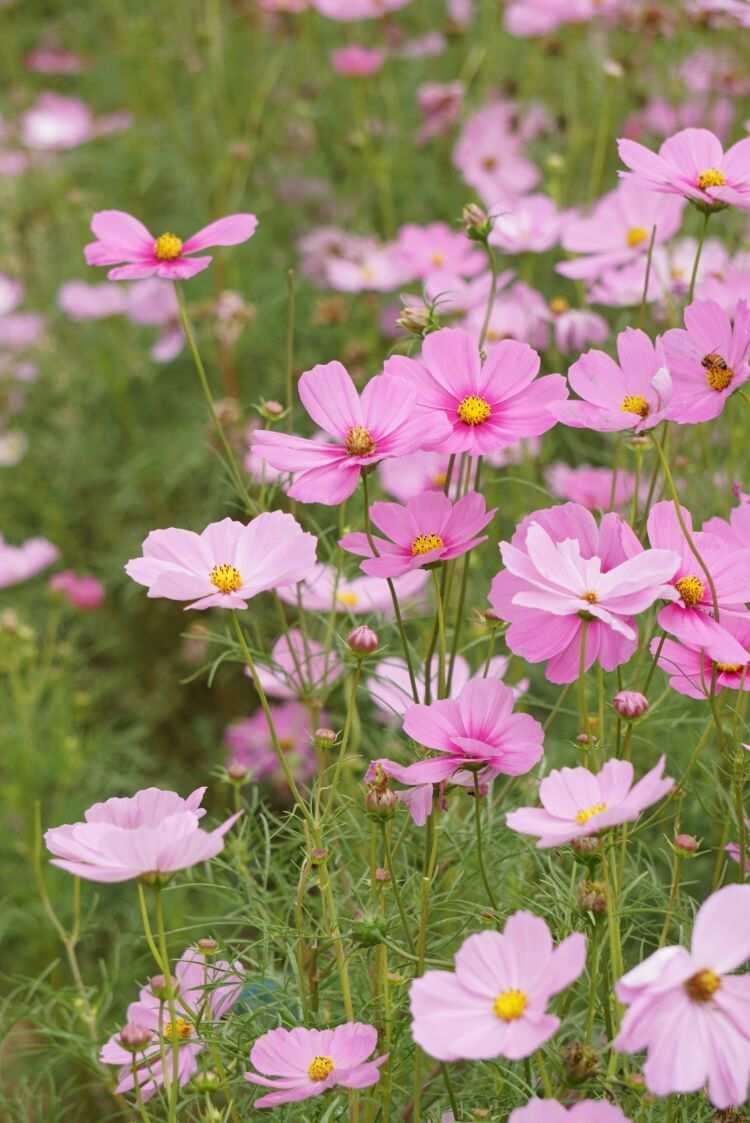The fascinating story of the Tradescantia plant dates back to the 17th century when it was reportedly discovered by renowned botanist John Tradescant. Legend has it that he stumbled upon this remarkable plant while exploring the New World. Its vibrant and variegated leaves immediately captured his attention, leading him to bring it back to England. Its intricate beauty enchanted the people, earning it the nickname “Wandering Jew.” Today, Tradescantia is cherished worldwide for its unique foliage and resilience, serving as a reminder of botanical exploration and the wonders of nature.
Picture
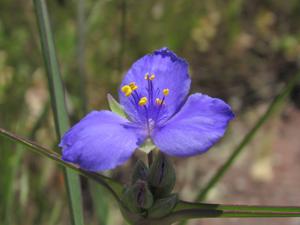
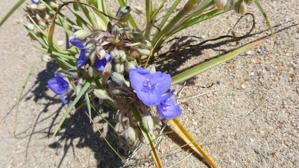
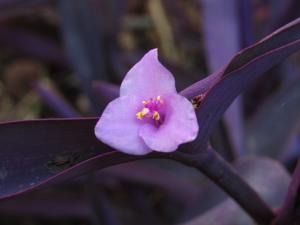
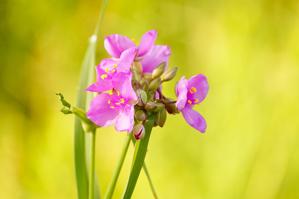
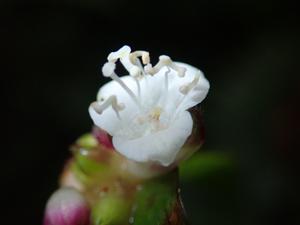
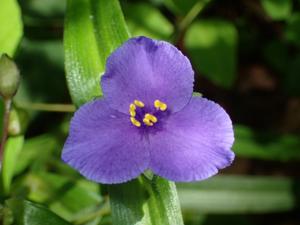
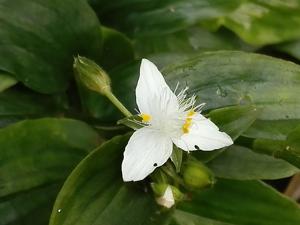
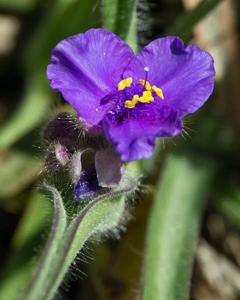
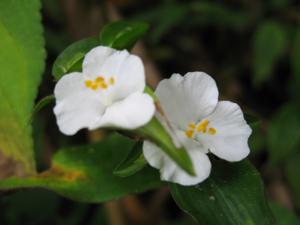
Plant some seeds now!
Short Description
Unusual example with four petals and eight anthers
Tradescantia (/ˌtrædəˈskæntiə/) is a genus of 85 species of herbaceous perennial wildflowers in the family Commelinaceae, native to the Americas from southern Canada to northern Argentina, including the West Indies. Members of the genus are known by many common names, including inchplant, wandering jew, spiderwort, dayflower and trad.
Tradescantia grow 30–60 cm tall (1–2 ft), and are commonly found individually or in clumps in wooded areas and open fields. They were introduced into Europe as ornamental plants in the 17th century and are now grown in many parts of the world. Some species have become naturalized in regions of Europe, Asia, Africa, and Australia, and on some oceanic islands.
The genus’s many species are of interest to cytogenetics because of evolutionary changes in the structure and number of their chromosomes. They have also been used as bioindicators for the detection of environmental mutagens. Some species have become pests to cultivated crops and considered invasive.
Description
Tradescantia are herbaceous perennials and include both climbing and trailing species, reaching 30–60 centimetres (0.98–1.97 ft) in height. The stems are usually succulent or semi-succulent, and the leaves are sometimes semi-succulent. The leaves are long, thin and blade-like to lanceolate, from 3–45 cm long (1.2–17.7 in). The flowers can be white, pink, purple or blue, with three petals and six yellow anthers (or rarely, four petals and eight anthers). The sap is mucilaginous and clear.
A number of species have flowers that last for only a day, opening in the morning and closing by the evening.
Cultivation
Tradescantia plants are widely used for ground cover in gardens
Spiderworts are popular in Europe and North America as ornamental plants. Temperate species are grown as hardy garden perennials, while tropical species such as T. zebrina and T. spathacea are used as house plants. Their popularity and easy spreading nature has led to some species being considered serious weeds in certain places (see below).
Most cold-hardy garden plants belong to the Andersoniana Group (often referred to with the invalid name Tradescantia × andersoniana). This is a group of interspecific hybrids developed from Tradescantia virginiana, T. ohiensis, and T. subaspera, which have overlapping ranges within continental North America. These plants are clump-forming herbaceous perennials, with individual cultivars mainly differing in flower colour.
A wide range of tender tropical species are cultivated as houseplants or outdoor annuals in temperate locations, including Tradescantia zebrina, T. fluminensis, T. spathacea, T. sillamontana, and T. pallida. They are typically grown for their foliage, and many have colourful variegated patterns of silver, purple, green, pink, and gold.
Cultivars
The following cultivars have gained the Royal Horticultural Society’s Award of Garden Merit:
